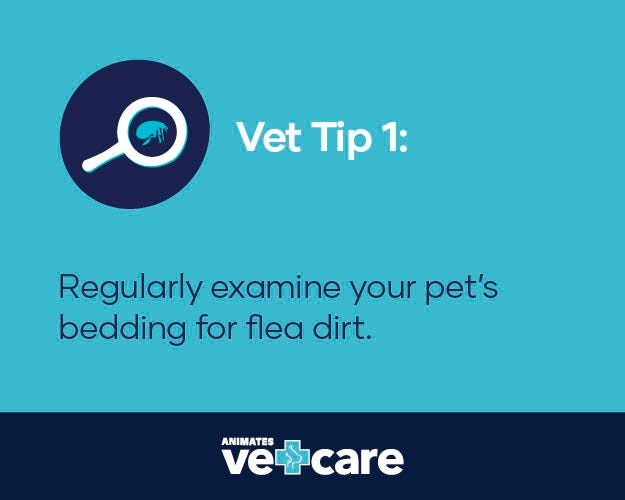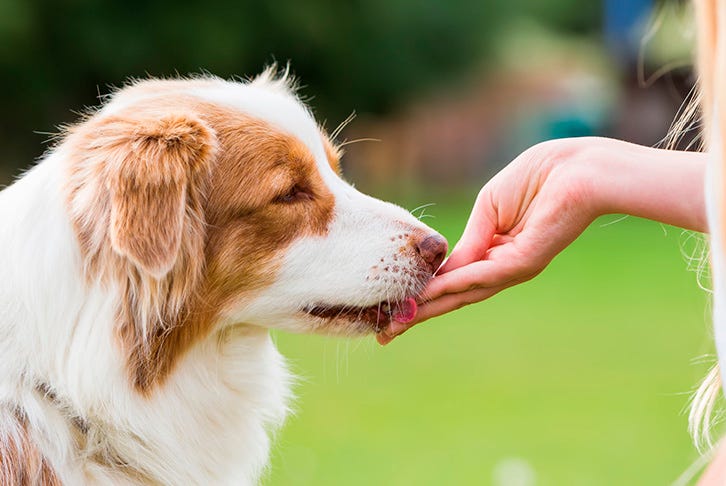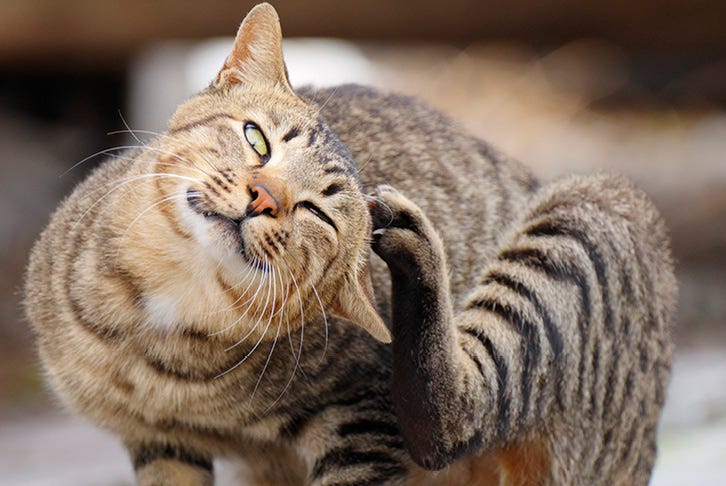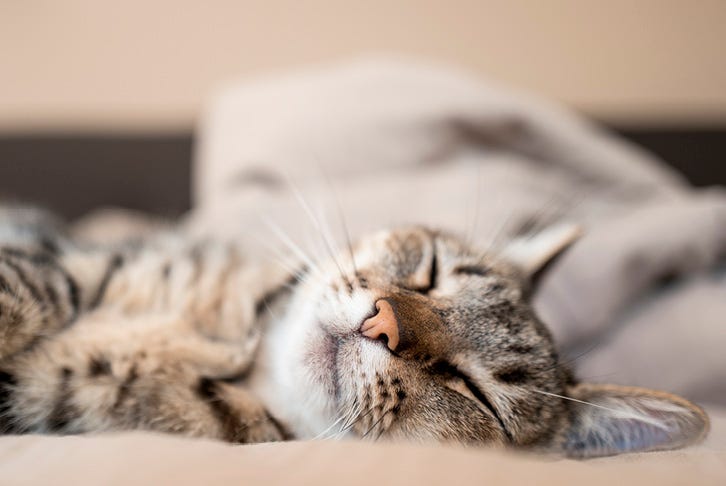How to spot the signs of fleas
If your furry friend is itching, any pet parent’s mind will quickly turn to fleas. Fleas irritate your pet’s skin and can also cause hair loss due to intense biting, rubbing and scratching. It may be difficult to spot actual fleas on your pet, it’s important to recognise the tell-tale signs that your pet has fleas so you can act fast.
Fleas are small parasitic insects that jump onto the skin and coat of pets and feed on their blood. Left untreated, chronic flea infestations not only make your pet miserable but can lead to infection and more serious flea-related diseases. Being aware of the signs of flea infestations, along with prompt treatment, will help you keep your pet happy, healthy & flea-free.
Signs of a flea infestation
If your furry friend does have fleas, there's a few symptoms you may notice:
- Itching & scratching: If you notice that your pet is scratching or biting at its fur, fleas may well be the culprit. That’s because not only can fleas cause a sharp pain when they bite, their salivary glands give off a substance that's irritating to many pets.
- Red pimples or bumps: As well as itching, red pimples or bumps on your pet's groin, belly, under the legs, or at the base of their tail may be a sign that your pet has fleas.
- Rashes or scaly skin: Flea bites can cause your pet's skin to become irritated, and some pets may lose fur.
- White ovals: Small white ovals in your pet’s fur might be flea eggs and are a sign your pet has fleas. Fleas can also pass tapeworms to your pet and small white ovals around your pet’s bottom may be dried tapeworm segments full of eggs.
- Restless behaviour: Fleas can cause a great deal of discomfort and annoyance for your pet, so you may notice they're irritable or restless. For example, your pet could appear to react to something that isn't there, as they can feel the fleas moving and biting on their skin but can't see them.
- You can see the fleas: Adult fleas are reddish-brown and are only about 1-2 mm long, which means they can be seen with the naked eye. It’s estimated that for every adult flea found on your pet, there are at least 100 immature ones hanging around!
How to check if your pet for fleas
If you suspect that you pet may have a flea problem, there are several ways to check including:

- Check your pet’s fur: Use your fingers to part your pet's fur so that you can see its skin, looking for signs of adult fleas. Fleas tend to prefer the base of the tail, the abdomen, and behind the ears, but they can be found anywhere on your pet.
- Examine your pet’s bedding: A tell-tale sign of an infestation is flea dirt – which is the faeces left by fleas and looks like specks of ground pepper. If you see small black flecks on your dog’s bedding, wipe them up with a damp paper towel. If they start to turn red after a few minutes, this means the flecks are flea dirt. The red tinge is due to the presence of blood, which fleas consume on your pet.
- White towel test: Have your pet stand on a white paper towel or cloth. Brush or rub your pet’s coat and check to see if there are black droppings on the towel (ie; flea dirt), which will turn red if water is applied.
- Are you getting flea bites? Fleas are just as happy to bite humans as they are other animals. If you have flea bites, you might see a small cluster of little red bites or a series of itchy bites in a line. They're typically near the legs or ankles, but they may also show up in armpits, your waist, and other areas.
- Flea comb: Using a flea comb, you can search your pet’s coat for fleas and flea dirt. Have a small bowl of warm soapy water handy to drown any adult fleas you may pull up with the comb, so they don’t hop back onto your pet.

If you have noticed any of the signs listed above, the battle against fleas is a race against time! To provide your furry friend relief from itching & scratching – click below to learn how to get rid of fleas from your home and pet’s fur asap!
If you’ve looked for signs of fleas on your pet but can’t find any and your furry friend is still scratching, you should take your pet to your local Animates Vetcare clinic. The vet can check for flea allergy as well as other allergies to determine the cause of the scratching.
Your vet can also recommend treatment options to deal with fleas and check for any health conditions your pet may have developed causing their skin irritation.











